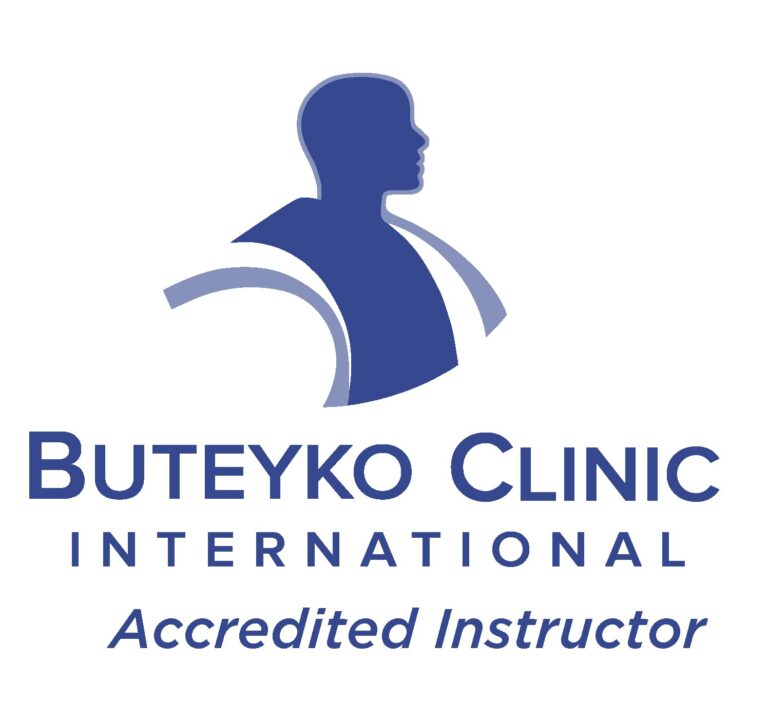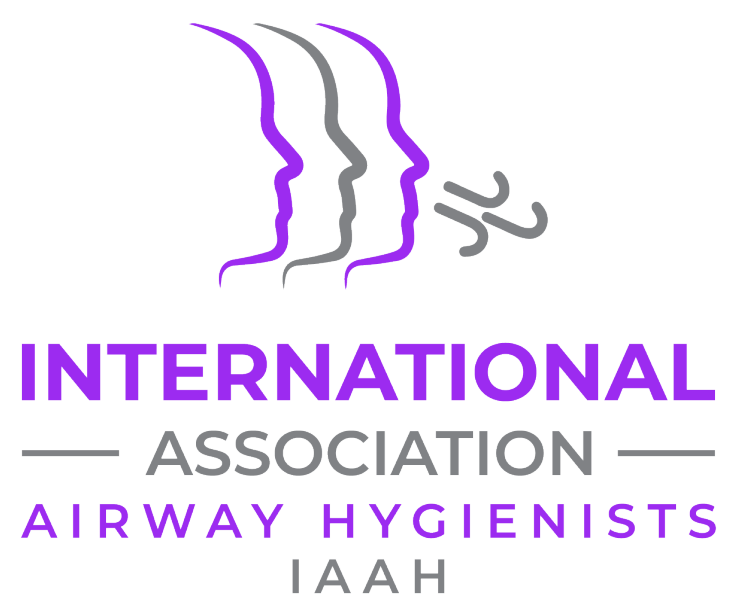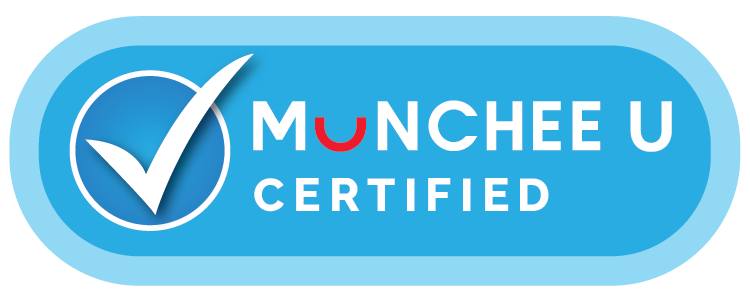Myofunctional Therapy
Roidunt eget semper nec ruam sed hendrerit morbi aeu feliseao augue pellentesue veniam morbi acer.
Myofunctional Therapy
History
Myofunctional therapy has roots dating back over a century, with early observations on the impact of muscle function on oral development. Here’s a brief history:
Early Observations (1800s-1900s): In the late 19th and early 20th centuries, orthodontists and dentists began noticing that oral habits like thumb-sucking, improper swallowing, and mouth breathing were linked to malocclusions (misaligned teeth) and abnormal facial development. Dr. Edward Angle, a pioneer in orthodontics, noted the relationship between muscle function and dental alignment.
Dr. Alfred Rogers (1918): Myofunctional therapy was formally introduced by Dr. Alfred Rogers, an orthodontist. He pioneered the concept of retraining oral muscles to correct tongue posture and swallowing patterns. He believed that improper muscle function contributed to many orthodontic problems and proposed exercises to strengthen and retrain these muscles.
Expansion in Europe (1960s): European professionals, particularly in France and Italy, began exploring and expanding myofunctional therapy. They focused on the role of the tongue, lips, and facial muscles in developing oral structures and the impact on breathing and swallowing.
Modern Development (1980s-2000s): In the later 20th century, the therapy began gaining recognition in North America, especially in dental, orthodontic, and speech-language pathology fields. Research highlighted the connection between muscle function, airway health, and conditions like sleep apnea, TMJ disorders, and malocclusion.

Interdisciplinary Approach (2000s-present): Myofunctional therapy is now recognized as an interdisciplinary field, with collaborations between dentists, orthodontists, speech pathologists, and sleep specialists. It addresses orthodontic concerns and issues like sleep-disordered breathing and overall health.
The field continues to evolve, with a growing body of research supporting its role in improving oral and airway function.
-The International Academy of Orofacial Myology (IAOM) emphasizes the importance of myofunctional therapy in addressing orofacial myofunctional disorders (OMDs). According to the IAOM, myofunctional therapy focuses on correcting dysfunctions related to the muscles of the face, mouth, and tongue, which can impact breathing, chewing, swallowing, and speech.
The IAOM highlights several key points about myofunctional therapy:
– **Holistic Approach**: Therapy involves retraining oral and facial muscles to restore proper function, including tongue posture, swallowing patterns, and nasal breathing.
– **Interdisciplinary Collaboration**: Myofunctional therapy is often used in conjunction with other fields, such as orthodontics, dentistry, speech therapy, and sleep medicine, to provide comprehensive care for patients with OMDs.
– **Benefits**: IAOM promotes myofunctional therapy as a non-invasive and effective solution for issues like mouth breathing, tongue thrusting, dental malocclusions, and temporomandibular joint (TMJ) problems.
– **Prevention**: Early intervention is encouraged to prevent future issues with speech, orthodontic relapse, sleep disorders, and airway health.
Goals of Orofacial Myofunctional Therapy
- Nasal Breathing
- Lip Seal
- Proper Tongue Posture
- Correct Swallowing Pattern
Not Just for Kids! Myofunctional therapy benefits adults too, helping with conditions like TMJ, sleep apnea, and orthodontic relapse.
Subscribe To Our Newsletter





The information on this website or any digital platform is not a substitute for medical, dental, or professional advice, diagnosis, or treatment from your healthcare provider. Always seek guidance from your healthcare provider regarding any concerns or conditions related to your health or treatment.
Quick Links
Educational Resources
Contact Info
Copyright © All Rights Reserved 2024. Designed & Developed By Web Mystic Forge.
